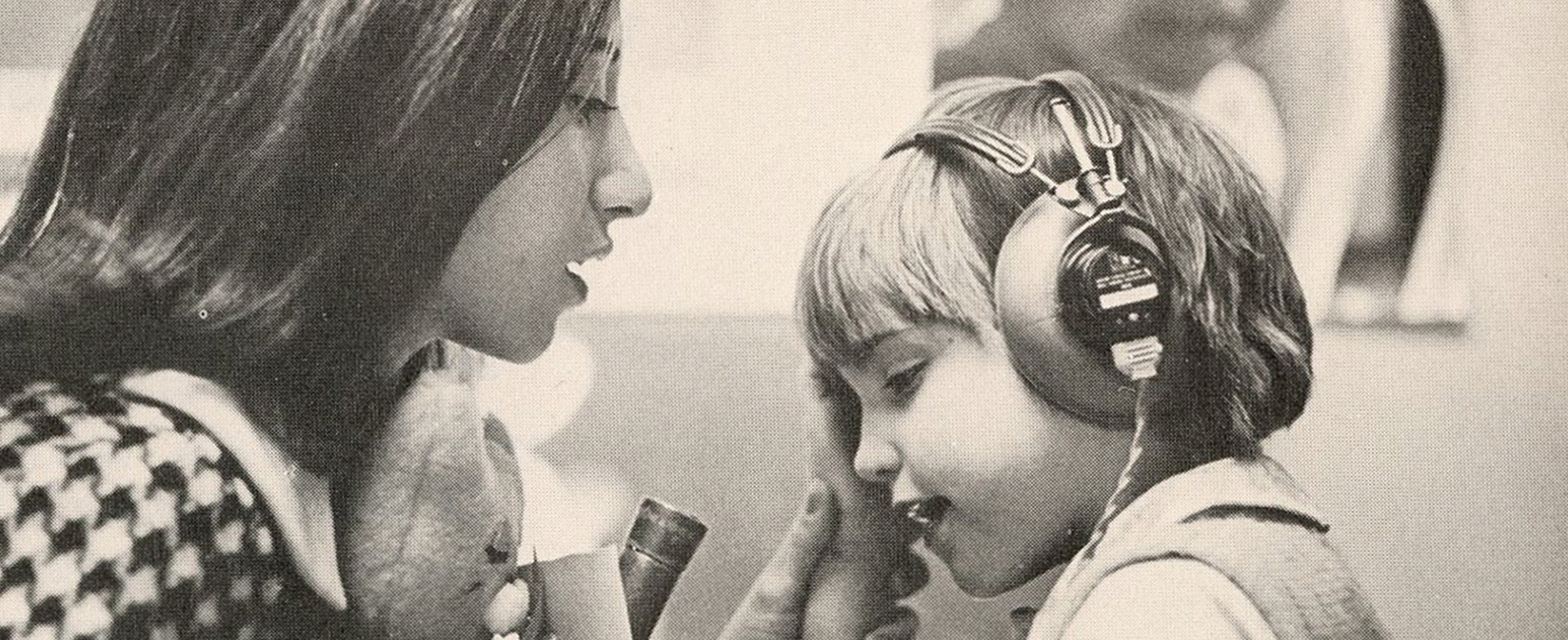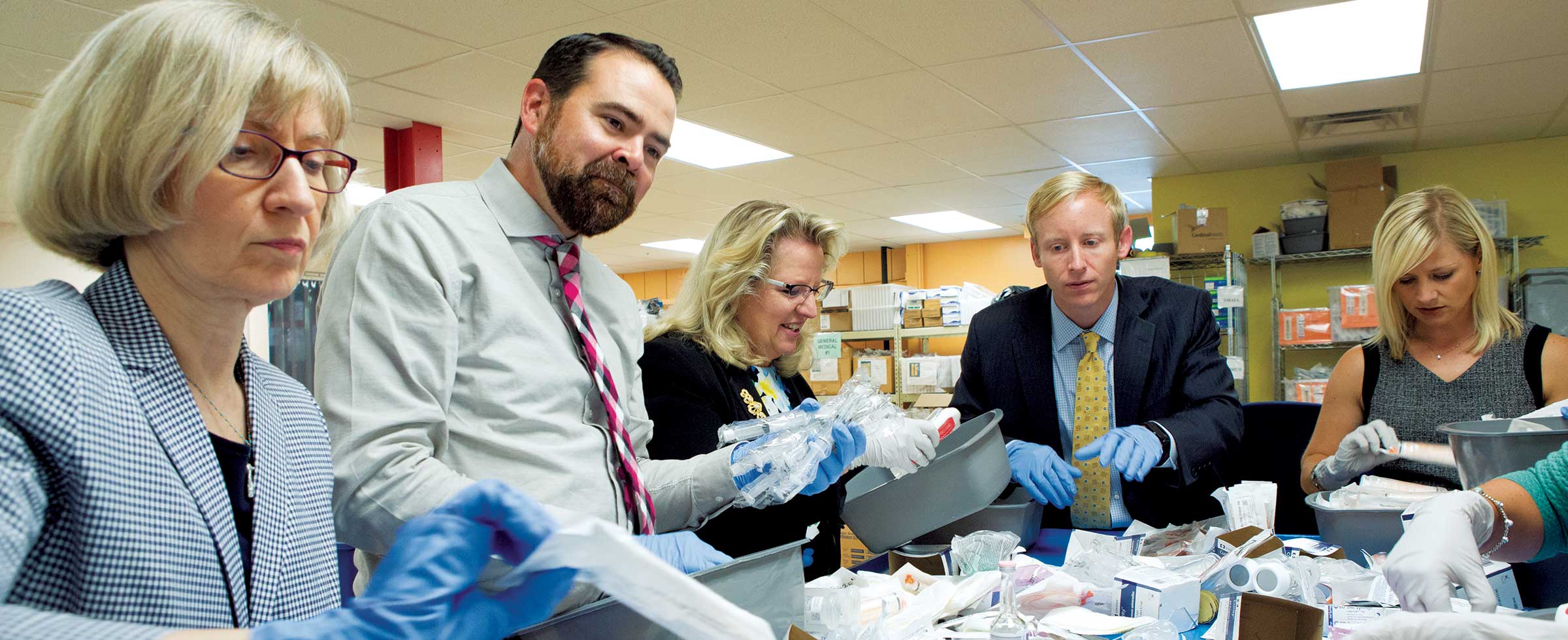1970s: Henry C. and Belle Doyle McEldowney FundA distinguished banker’s family’s landmark bequest.

A grant is given to the University of Pittsburgh School of Law for curriculum in juvenile justice.
To Pittsburghers, the ’70s are synonymous with winning: the 1975 Steelers’ four Super Bowls, the Pirates’ two World Series titles and the University of Pittsburgh football team’s ninth national championship. And even as the area’s heavy industry began to show signs of strain as light sheet steel production was moving to the Midwest, 300,000 people were still employed in manufacturing trades, and unemployment overall in 1974 was below 4%.
Before the ’70s ended, a modest fund, established during the Foundation’s first decade, would become its largest. The Henry C. and Belle Doyle McEldowney Fund — an $11,000 gift dedicated in his memory by his daughters — would be supercharged by a $7 million bequest in 1979. The unrestricted fund allowed the Foundation, led since 1970 by Alfred “Burr” Wishart, Jr., flexibility to support lifesaving programs and services as the region endured hardships and uncertainty following the collapse of the steel industry.
Henry C. and Belle Doyle McEldowney Fund
ANNABEL MATHEWS AND HESTER SMITH created the Henry C. and Belle Doyle McEldowney Fund in 1955 in honor of their late father, Henry, a businessman who began his career at Union Trust Co. as an assistant cashier and bookkeeper. He so impressed owner Andrew W. Mellon that in 1900, when he was just 32, McEldowney was named head of the firm. (The name of the fund would later be changed to honor both parents.) Union Trust was a predecessor of Mellon National Bank and, in 1909, McEldowney served as a director alongside Andrew Mellon; Mellon’s brother, Richard; and local luminaries Henry Phipps and Henry C. Frick.
|
Henry C. and Belle Doyle McEldowney Fund Milestones
|
News stories reporting McEldowney’s death in 1935 referred to him as “the highest salaried banker in America.”
When McEldowney’s daughters established the fund with an $11,000 gift, they placed no restrictions on grantmaking, allowing Foundation staff to make grants where the needs were greatest. In the years that followed, the family would make year-end contributions of appreciated stock to the fund. But their defining donation would come after Smith’s death in 1979, with a bequest of nearly $7 million in personal assets and a Mellon Bank trust. Her bequest was the largest gift to the Foundation in its then–37-year history.
Today, the fund is valued at $34.5 million, with grants addressing a wide range of issues, including arts organizations, housing for people with disabilities, United Way programs and mental health efforts through the Persad Center in Lawrenceville. The fund also supported the Foundation’s Critical Needs Alert #LoveIsStronger campaign created in response to the 2018 mass shooting at Tree of Life synagogue in Squirrel Hill.

1975
|
1976
|
1978
|
Original story appeared in the Forum Quarterly Winter 2020.





